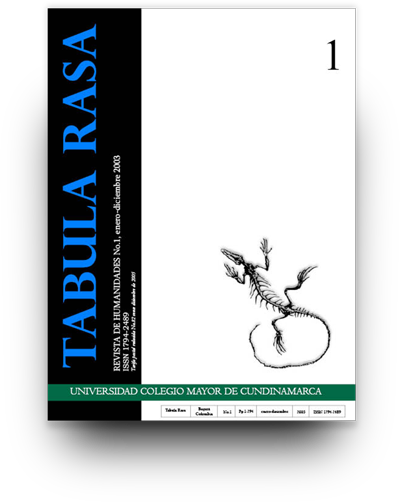Reseña. Cutting the wire. The Story of the Landless Movement in Brazil
Reseña. Cutting the wire. The Story of the Landless Movement in Brazil
Show authors biography
I recently saw the documentary about the "Candelaria warrior" in Rio de Janeiro, a middle-class lady who works with street children in the "wonderful city." They continue to impress the conditions of abandonment, abuse and indifference in which thousands of these children live, without any opportunity to change the fortunes of their lives locked in a diabolical cycle of poverty, lack of education, famine and alcoholism. These smiling faces that hide the most unexpected sadnesses of forgotten childhood always tear tears from a sore bourgeois. What does this have to do here in the review of a book on the history of the “Landless” Rural Workers Movement (MST) in Brazil? Well, a lot. The intention of this movement is to transform Brazilian society as a whole, which would not only guarantee land for the peasants who work it, but also opportunities to build a decent life in the countryside for the urban poor who live in conditions of poverty. most abominable marginality. It is this vision - utopian would be called by cynics and blind people apparently content with the status quo - that makes the MST, according to British historian Eric Hobsbawm, the most ambitious social movement in contemporary Latin America.
Article visits 60 | PDF visits 42




